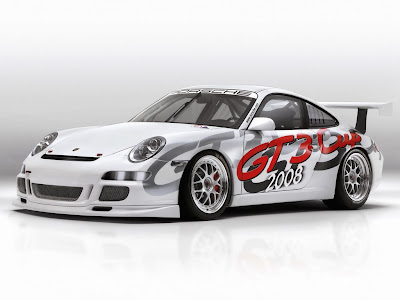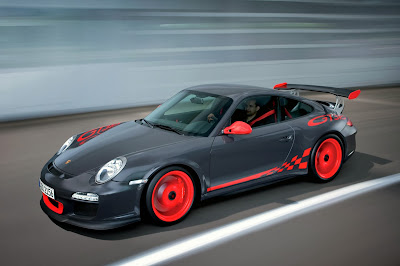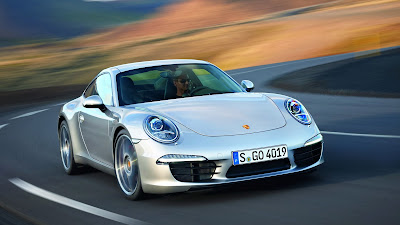
Often said to be firstly named the Porsche 901, the name was later scrapped due to Peugeot having copyright over car model names which contain three numbers, with a zero in the middle. The Porsche had a name change to 911 before release in 1964. Replacing the Porsche 356, the beginnings of this long running classic proved to owe itself to the great styling of the car, and great performances in a number of races on a spectrum of driving surfaces. Finishing first in the Monte Carlo Rally and Targa Florio, the rear wheel drive Porsche 911 proved popular and many variations were produced which were of greater capacity and power. The comfortable and easy to drive sports car proved popular mainly due to the styling, but with a backed up pedigree on the track.
The 1991cc 6 cylinder 911 shared components with the lesser 912 model. The Porsche 911 had further variations of the 911 produced, namely the Targa top 911, an automatic 911 variation, an entry level 911, the more powerful 911S and the 911T which replaced the previous Porsche 912 model. The engine capacity was later increased to 2200cc across the 911 range, with the introduction of the C and D series in 1970.
Two years after the C and D series saw the introduction of the E and F series, with further power increases from the released C and D series. The 2.2 litre engine was increased to 2.4 litre, with the only other change made to the transmission. Porsche was very aware of the success the previous series had received, and therefore were cautious not to upset the trade. The next 911 version released saw a massive amount of praise from the press and enthusiasts, the Porsche 911 Carrera RS was equipped with a 2.8 litre engine and is often labelled the best classic 911. The Carrera received an even greater power increase, and had great success in finish second place in the 1974 Le Mans race. The G,H, I and J series were later released, with further engine increases, making the 911 having a minimum engine capacity of 2.7 litre.
1974 saw the launch of the Porsche 911 Turbo, a move which helped Porsche re-establish sales of the 911 which had taken a slight downward turn. The 3 and 2.3 litre engine of the Porsche 911 Turbo was an increase from previous variations of the 911, with another addition of the rear whale tail spoiler, and revised body kit.
The Porsche 911 was in danger during the early 80s of being replaced with the Porsche 928, but successful continual sales saw the plan abandoned. The 911 cabriolet was also released in the early 80s, with great praise and often said to be more aesthetically pleasing compared to the Targa top. With successful sales throughout the 80s, the Porsche 964 type 911 was released in the late 80s with some notable forwards steps with power steering and anti braking system as standard. The 911 Turbo was also revamped in 1989 with another increase in capacity to a 3.6 litre engine.
The type 993 was introduced in 1993 with only a slight variation to the styling in comparison to the previous 911 variations. The 911 Turbo was upgraded and was now twin turbo charged with four wheel drive. The new 996 got a very negative response from the motor world, with the styling of the car undergoing massive changes, much to the disappointment of the 911 lovers. The classic bug eye headlamps were scraped, with major changes to the anterior of the car. The negative response was obviously heard loudly by Porsche, and this saw the releases of more powerful variations of the 911 series shortly after. The renewed powerful cars included the 911 996 Turbo, 911 Turbo S, Carrera 4S. Porsche finally brought back some of the move loved features of the old 911 such as the bug eyes headlamps, whilst maintaining a modernised look, with the new Porsche 997 type 911.










